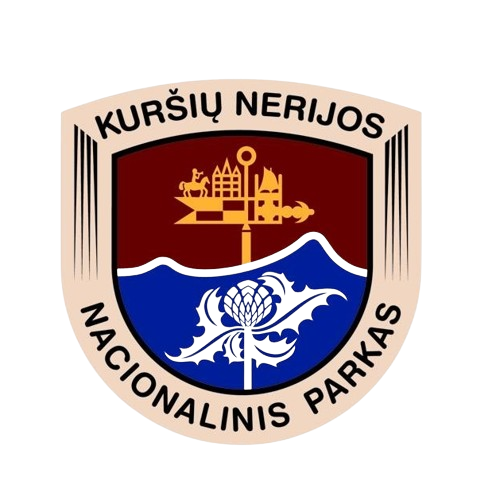The Baltic Sea has thrown up more than one wreck. These fragments are a closer look at ship structures and parts.
The 16th century lute is very valuable in the exposition. The hull, carved from a solid tree trunk, was raised and preserved for four years. It was found ten metres deep in Lake Plateliai by the participants of the underwater archaeological expedition of Klaipėda University and handed over to the Museum.
An ezelhoft is a wooden joint used to attach parts of a sailing ship's masts. Dutch, French and German sailing ships used square ezelhofts with rounded tops. The English type was rectangular. A massive oak ezelhoft witnessed another shipwreck in the Baltic Sea, caught in a fisherman's net. On display here is an English ezelhoft from the 19th and early 20th century, recovered from the Baltic Sea in 1986. These were used to 'lengthen' wooden sailing ship masts by fitting an ezelhoft on the upper tip of the main mast and inserting the lengthening part into a round hole nearby. The Baltic Sea bed is littered with the wrecks of sunken sailing ships. It is not surprising that after each storm, the waves wash away the remains of the ships' sides, the ropes and cables used on board, and the ship's household goods. The larger items get caught in fishermen's nets and thus find their way from the seabed to the museum.
On display here is a 19th-century Braspilis, found in the Baltic Sea in 1986. A brasspile is a horizontal device used on board a ship to lower and raise the anchor. On sailing ships, the shaft of the brashpile was lifted by hand by alternately inserting durable stakes into holes in the shaft of the brashpile and turning the shaft with them. This was used to wind the anchor chain or rope around it. Several sailors on deck would thus make the ship move in the direction of the anchor until the ship was above its anchor and could be hoisted aboard.















